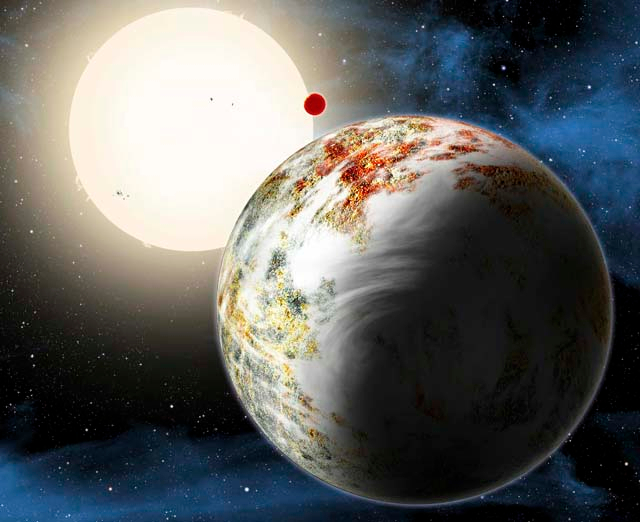Sydney: After analysing the data from nearly 200,000 galaxies, an international team of astronomers has come to the conclusion that the universe is slowly dying and has remained only half what it was two billion years ago.
But there is no need to panic. There is still about 100 billion years to go, said the researchers from the International Centre for Radio Astronomy Research (ICRAR) in western Australia.
"We used as many space and ground-based telescopes we could get our hands on, to measure the energy output of over 200,000 galaxies across as broad a wavelength range as possible," explained ICRAR professor Simon Driver.
The survey data, released to astronomers around the world, includes 200,000 galaxies each measured at 21 wavelengths from the ultraviolet to the far infrared and will help scientists better understand how different types of galaxies form.
The study set out to map and model all of the energy generated within a set volume of space.
All energy in the Universe was created in the "Big Bang" with some portion locked up as mass.
Stars shine by converting this mass into energy as described by Einstein's famous equation E=MC2.
Energy release
"While most of the energy sloshing around was created in the aftermath of the Big Bang, additional energy is constantly being released by stars as they fuse elements like hydrogen and helium together," Driver informed.
This newly released energy is either absorbed by dust as it travels through the host galaxy, or escapes into intergalactic space and travels until it hits something such as another star, planet, or very occasionally a telescope mirror.
The fact that the universe is slowly fading has been known since the late 1990s.
This work shows that it is happening across all wavelengths from the ultraviolet to the infrared, representing the most comprehensive assessment of the energy output of the nearby universe.
"The universe is fated to decline from here on in, like an old age that lasts forever. The universe has basically plonked itself down on the sofa, pulled up a blanket and is about to nod off for an eternal doze," Driver added.
The team of researchers hope to expand the work to map energy production over the entire history of the universe.
The research, presented at the International Astronomical Union's General Assembly in Honolulu, Hawaii, is part of the Galaxy and Mass Assembly (GAMA) project, the largest multi-wavelength survey ever put together.













